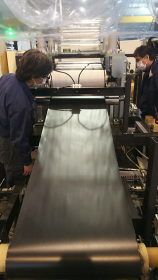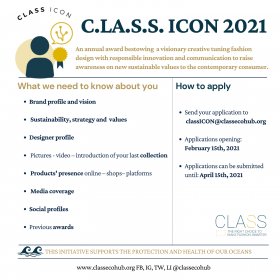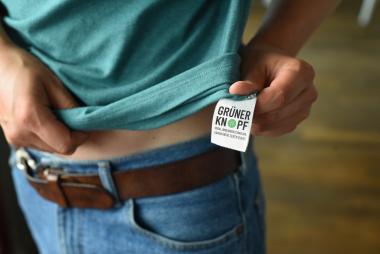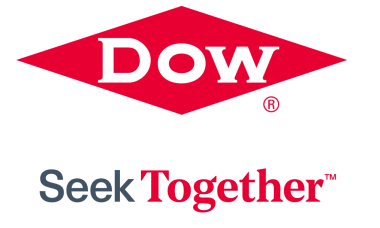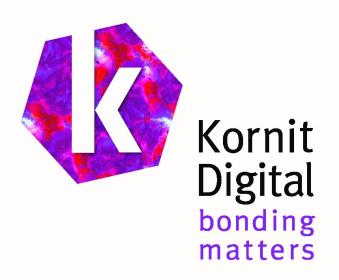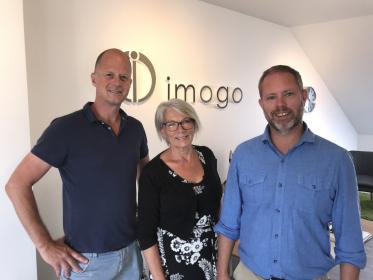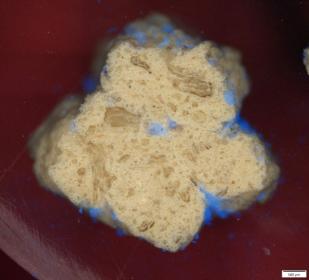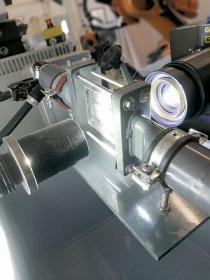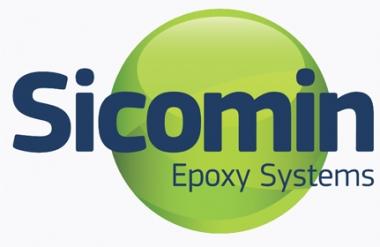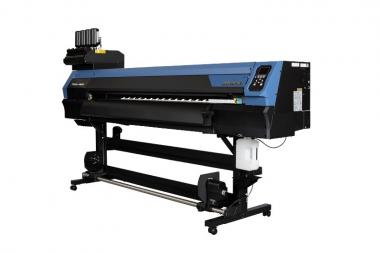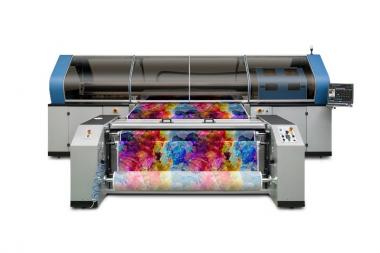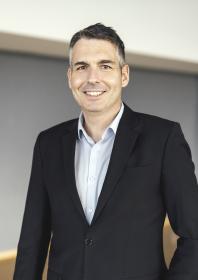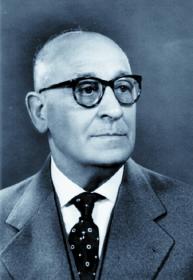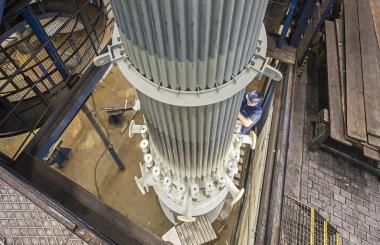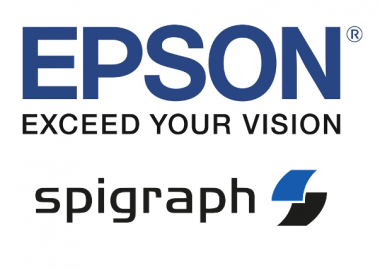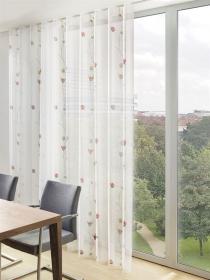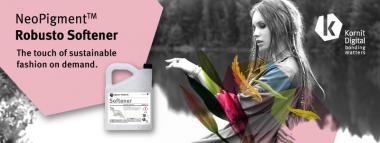MaruHachi/AMAC: High-temperature thermoplastic tapes and laminates
With their recently installed high-temperature unidirectional tape line, Japan-based composites manufacturer MaruHachi enables new opportunities for high-end applications in demanding market segments like aerospace, automotive or others outperforming traditional materials based on PP and PA which are already widely available.
In the first phase, MaruHachi will produce up to 40 tons/year and focuses now specifically on high-temperature thermoplastic uni-directional (UD) tapes and multi-layer sheet laminates. The material is based on high-performance fibers like carbon, aramid, glass or natural fibers and the matrix can be high-performance polymers like PPS, PEEK or other higher temperature polymers, which are much tougher than epoxies and easy to recycle. With a width of 500 mm, a specific weight from 60 to 350 g/m2, depending on the chosen material, the lines can operate under temperatures up to 420 degrees Celsius. Working under these extremely high temperatures allows for better material properties of the final application, higher performance, increased resistance and integrated high-performance functionalities e.g. by overmoulding.
Since 2017, MaruHachi Group is active in the European market in cooperation with Dr. Michael Effing,the CEO of AMAC GmbH, who advises and supports the company strategically. The established, family-owned MaruHachi Group has a strong history in automotive and medical textiles and has been active in the innovative composites market for more than 15 years.
Toshi Sugahara, CEO of MaruHachi: “For many years, we have already been cooperating with domestic and international partners on high-demand applications and therefore, MaruHachi decided now to invest over 1 million EUR in this new line in phase 1, including a funding participation from the Japanese government NEDO. New developments in phase 2 will be be undertaken by end of 2021 on the downstream technologies like the automated preforming and consolidation. With our new products, we want to contribute to significant weight reductions of the final products, thus improve energy efficiency while offering a cost-efficient and high-quality solution.”
Dr. Effing, CEO of AMAC GmbH confirms: „The focus on the niche of high-temperature products based on PPS and PEEK allows MaruHachi on very demanding high-end applications such as structural frames on space and aircrafts, aircraft seats or engine components etc. The tapes are fully recyclable and can be processed e.g. with high-speed with laser-based tape placement machines and robots.”
AMAC GmbH


